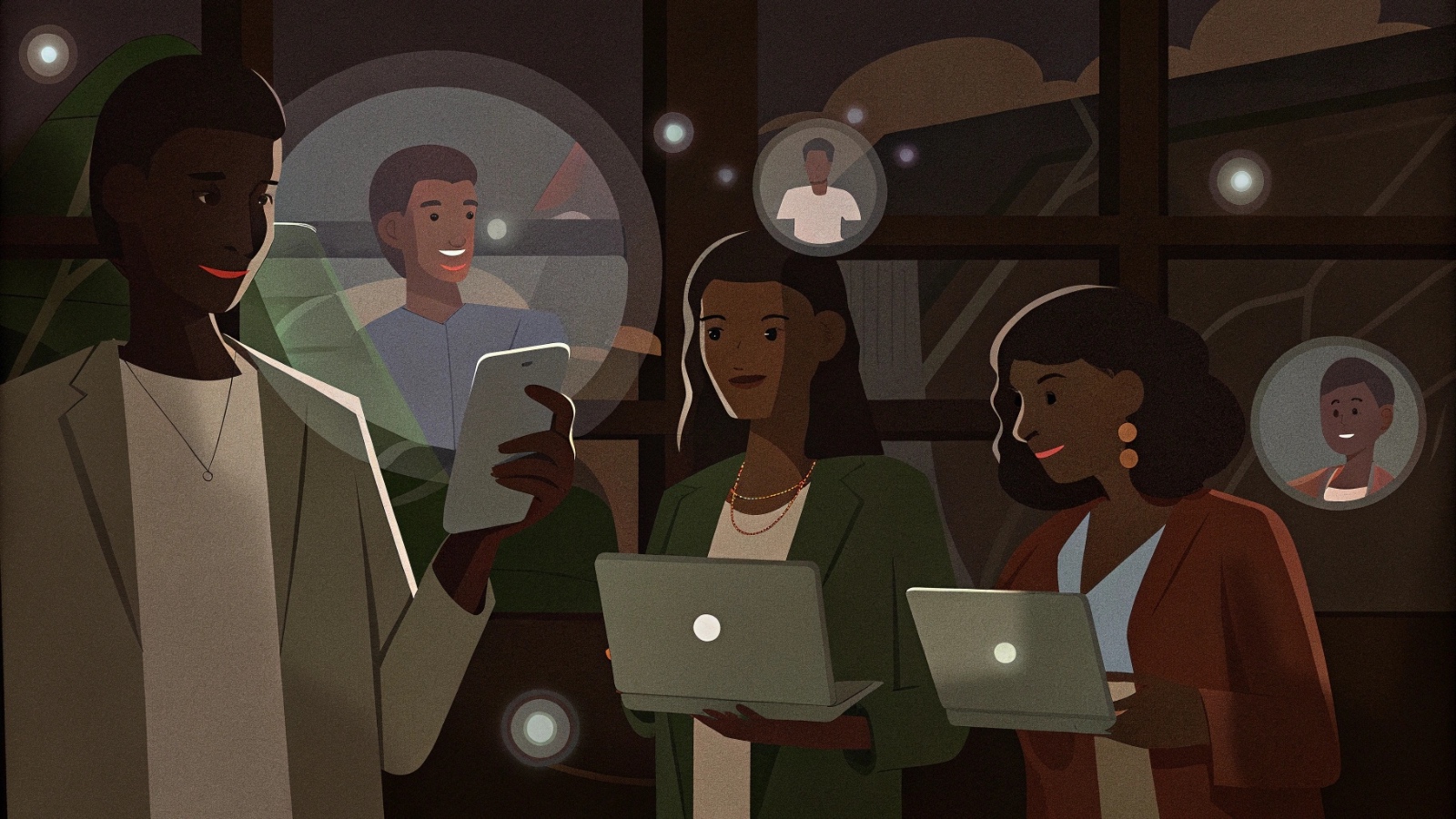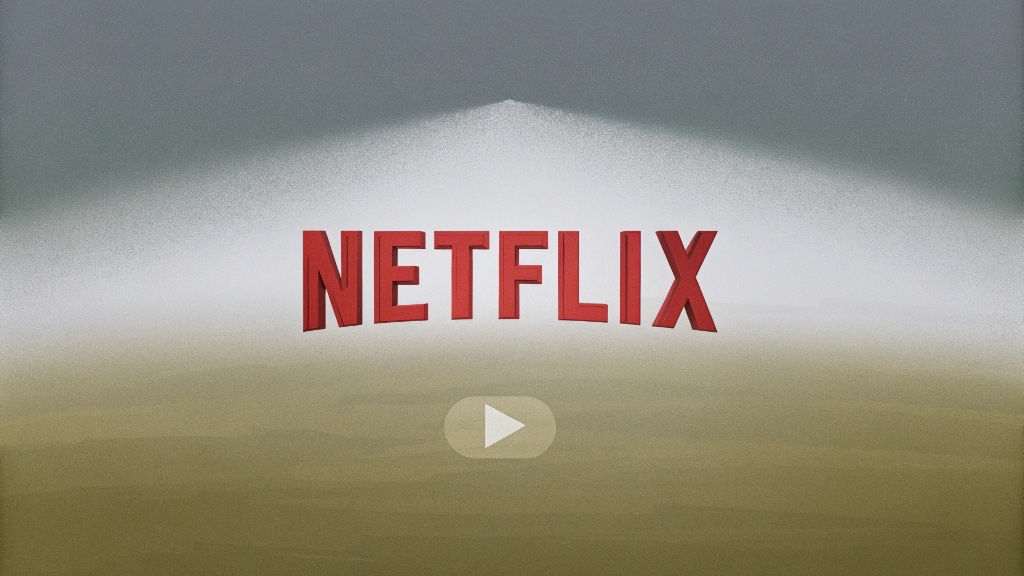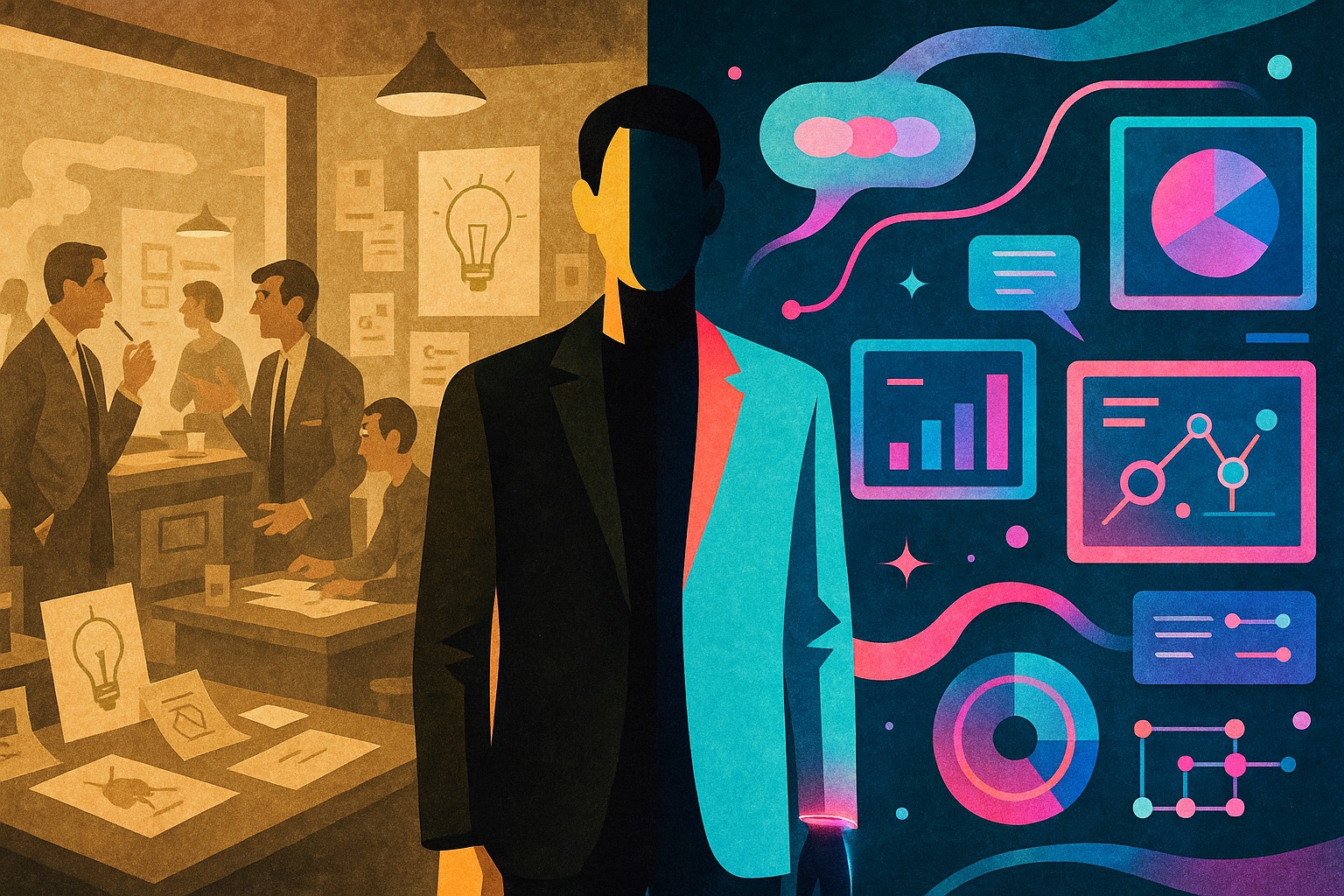
5 Reasons Why Trends in Digital Marketing Are Hitting the Right Spot
Apr 17, 2025
Recently, COVID-19 and the global lockdown marked their fifth anniversary—and people are still talking about that time. But how? Surprisingly, most aren’t recalling the deep isolation and connectedness, they’re remembering the trends.
What still sticks in people’s minds is the procedure to make Dalgona coffee.
So, what is a trend?
A trend is basically a general direction or evolving pattern that influences the way a consumer behaves. In a more conversational way, a trend can be likened to that one friend who shows up out of nowhere, becomes insanely popular overnight, and suddenly everyone is dressing like them, talking like them, or buying what they’re into. It’s a tricky thing—one day everyone’s jumping on it, and the next, people are either critiquing it or totally missing the point.
But why are brands so obsessed with what’s trending?
The Connection Between Trends and Consumer Behavior
Latest trends in digital marketing reflect shifts in consumer desires, values, and expectations. When brands align with these shifts, they connect more deeply with audiences—transforming one-time buyers into loyal advocates. In a world shaped by social comparison and short attention spans, trend-driven marketing is the new baseline for relevance.
For instance, the rise in eco-consciousness isn’t a fleeting moment. Brands like Patagonia and Tesla haven’t just added “green” products; they’ve aligned their identity with sustainability, earning trust and long-term loyalty.
5 Reasons Why Trend-Driven Marketing Works

1. Trends Turn Products Into Cultural Moments
Consider the Stanley Cup —not the trophy, but the reusable tumbler that took over social media. In 2024, it became a pop culture icon, sparking long lines outside Walmart and thousands of social media posts.
According to The Guardian, the Stanley Cup became a symbol of social capital, thanks to Instagram reels, influencer endorsements, and FOMO-based content. As reported in Ergonomics International Journal, this transformation from water bottle to must-have item showcases how “ordinary” products can become aspirational through the latest trends in digital marketing

2. Trends Trigger Emotional Buying Through FOMO and Envy
Trend-driven marketing taps into deep psychological drivers like the fear of missing out (FOMO), envy, and the desire for belonging.
A study by Jin et al. (2019) illustrated that micro-influencers evoke stronger emotional responses as compared to celebrities, fostering a sense of “insider access” and aspirational lifestyle. This emotional hook leads to faster, impulse-driven purchases. 60% of TikTok users say they’ve purchased a product because they saw it trending on the platform.

3. Trends Fuel Virality—and Sales
OpenAI’s own ChatGPT downloads spiked globally after its “Ghibli filter” and storytelling feature went viral. According to third-party analytics, there was a 37% increase in downloads the week the trend peaked.
This showcases how trends—even artistic or whimsical ones—can drive massive user engagement and brand adoption. Trends that incorporate creativity or tap into nostalgia see up to 4x higher engagement than standard promotions (Hootsuite, 2024), which means virality for brands is basically gaining mindshare.

4. Brands That Ride Trends Stay Ahead
Brands that adopt trends early position themselves as innovators and leaders in their space.
Nike’s wearable tech push through the Nike+ ecosystem is a textbook example. In beauty, Rhode Skin by Hailey Bieber built a cult following not just through product quality but through aesthetic-led, trend-conscious branding across TikTok and Instagram. Rhode sold out its Peptide Lip Treatment within 48 hours of launch, powered by a viral TikTok campaign and minimalistic product aesthetics that aligned with Gen Z beauty trends.

5. Ignoring Trends Can Be Dangerous
History is full of brands that didn’t adapt—and paid the price. Think Blockbuster, which failed to recognize the streaming trend that Netflix embraced. Or fashion retailers that ignored the rise of digital-first, TikTok-native brands.
The market punishes stagnancy. Today’s consumers expect brands to speak their language—which means being part of the conversation now. 76% of consumers say they are more likely to trust a brand that’s “in tune with current trends” (HubSpot, 2024).
But despite all the hype, jumping on trends in digital marketing is a risky business.
Cut to the recent Ghibli trend in March 2025, for example. While everyone’s feed and stories were flooded with dreamy, AI-generated animations, a whole section of the internet was busy engaging in a global ethical debate. Why? Because many feel AI is diluting the art form—and the legendary Ghibli artist, Hayao Miyazaki, has openly opposed it.
One day it’s just a water bottle.
Next, it’s the Stanley Cup.
One day, you’re a popular podcast icon.
Another day, you’re the guy whose name celebrities are trying not to say out loud.
Trends are fast. They’re flashy. Sometimes, they’re downright bizarre. Hop on at the right moment, and sure—you might win the internet for a while. But will it last if your brand doesn’t have a strong authentic voice that truly speaks to your audience?
The future of emerging trend-driven marketing will be shaping how businesses engage with their audience. It isn’t about blurring the lines between brand personality and brand engagement, it’s about merging the two now. Think hyper-personalisation through data and analytics, integration of virtual and augmented reality, advocating for sustainability — never compromising on what makes your brand unique. Businesses that adapt to these evolving trends with a focus on ethics will deliver greater value by shaping consumer experiences and taking home a big chunk of the relevance pie.
Next Story

From Mad Men to Machine Minds: How AI Is Rewriting the Advertising Strategy
Apr 23, 2025
Recently, COVID-19 and the global lockdown marked their fifth anniversary—and people are still talking about that time. But how? Surprisingly, most aren’t recalling the deep isolation and connectedness, they’re remembering…
Read More





